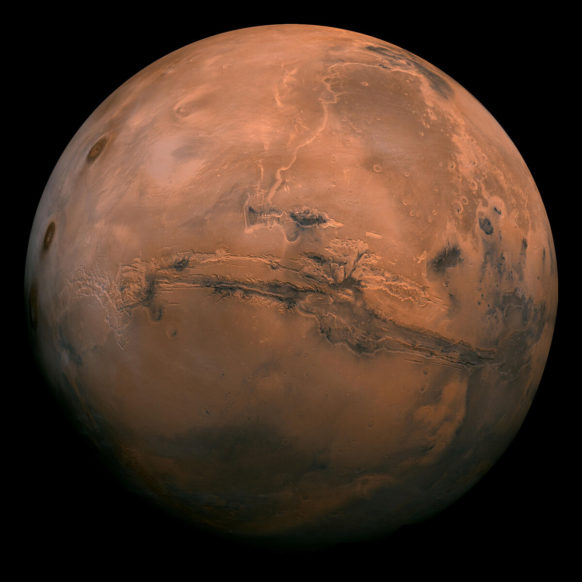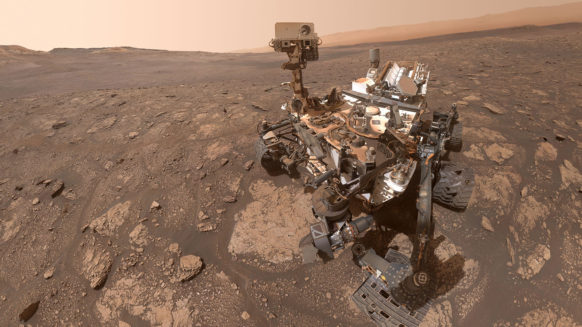February 18th 2021, 12:55 PST. A room in California erupts in cheers and applause as mission control watches its robot land on another planet. After years of preparations and almost seven months of space travel, Perseverance arrived safe and sound on the Red Planet, ready to study its environment for a planned duration of two years. It will join NASA’s Mars Exploration Program lineage of four martian rovers, making it the fifth since 1997 to explore this curious planet. But why do we care about Mars so much?

Mars has always been an object of wonder, from the idea that a civilization could inhabit it to Elon Musk’s plans for colonizing it. The proximity of this planet to our own gave us the opportunity to observe it early on, first giving rise to some speculations about a martian civilization based on poor-quality equipment to then allow us to study another rocky planet in detail and compare its evolution to Earth’s. Scientific data and observations are what made our view shift from seeing it as far away land hiding aliens to a potential place for humans to live in. However, while better telescopes showed that no civilization was there, life forms could still be present and only close observations and analysis could teach us more about the characteristics and the history of Mars.
Starting in 1997 with Sojourner, NASA launched the search for alien life on Mars by sending a small rover equipped with cameras to take pictures of the surface, acquiring scientific data while also demonstrating the feasibility of this type of mission. Following up on its success, NASA continued with twin rovers Spirit and Opportunity, landing in 2004, which are responsible for the discovery of evidence of water on Mars. Equipped with new, better technology, these rovers were able to move around and collect data about its geology and atmosphere, finding evidence of past environments with habitable conditions. They both outlived the expected 90-days duration of their mission by many years (fifteen for Opportunity!), showing once again promising development in the Mars Exploration Program’s technology.

In 2012, Curiosity safely landed on the Red Planet, using a new landing method similar to the one Perseverance used, and has since then been studying rocks for chemical and organic materials hoping to find evidence of a habitable environment for small organisms. It uses cameras with spectroscopy, drills, and even a laser to collect and analyze rock samples, and will continue to do so for as long as possible even now that Perseverance joined the mission. And while NASA’s latest rover is built upon Curiosity’s design, the main difference resides in Perseverance’s plan for collecting and holding onto samples. Curiosity was built to analyze rock samples on-site but Perseverance’s team is hoping that samples could be collected and then sent back to Earth for better analysis through future missions on Mars. It will however continue to look for signs of life and to gather vital information about the atmosphere and geology, leading the way towards a possible colonization of Mars.
After 28 years of existence, the Mars Exploration Program has sent many orbiters and rovers to our neighboring planet. Some of its biggest discoveries come from the robots which made it onto the surface and have been able to study its composition from up-close. While proving there isn’t a martian civilization can be a bit disappointing (though if you have seen Mars Attacks! you know it is for the best), the collected data is valuable not only for adding onto what we know about Mars but also for preparing future missions. The rovers’ designs will serve future engineers and scientists working on missions to other planets and moons, always improving the next generation of instruments. Moreover, what we learn about Mars’ past environment can teach us about a planet’s evolution and the chances for extraterrestrial life to appear, while learning about the present conditions can prepare us for what we will encounter if humans travel there.
The Mars Exploration Program is a reference for space exploration itself with years of data on the search for extraterrestrial life, its technological achievements, and the fundamental information about the conditions on Mars itself which will most likely become the first stop for human space exploration!



